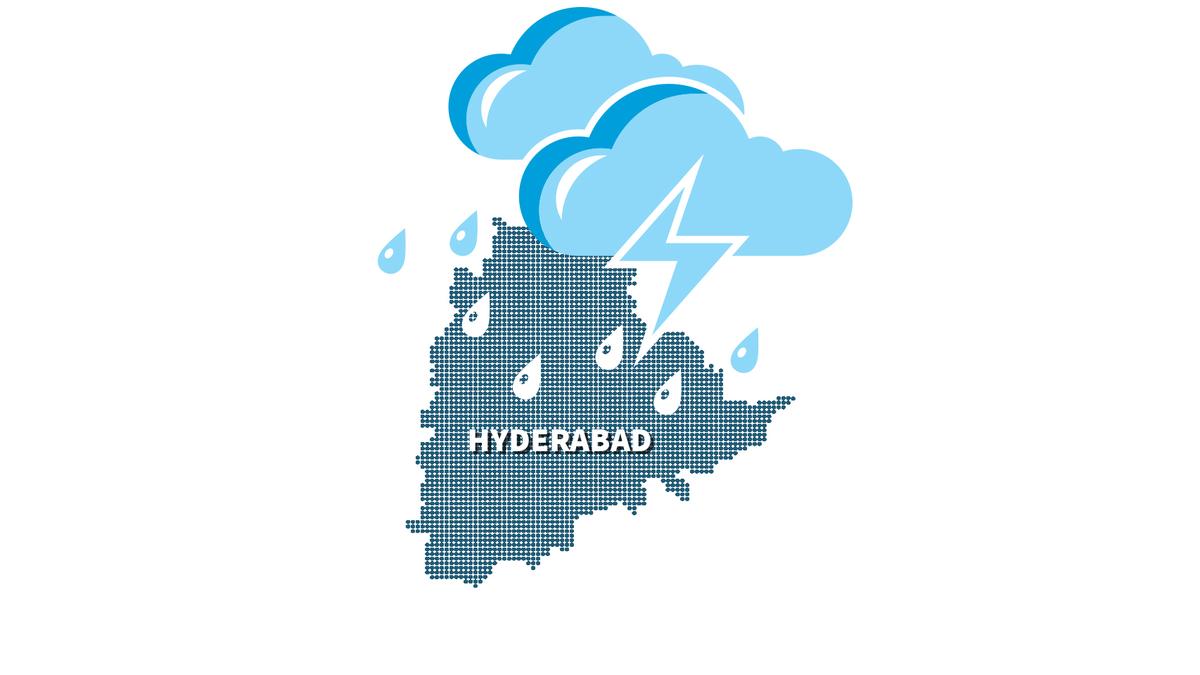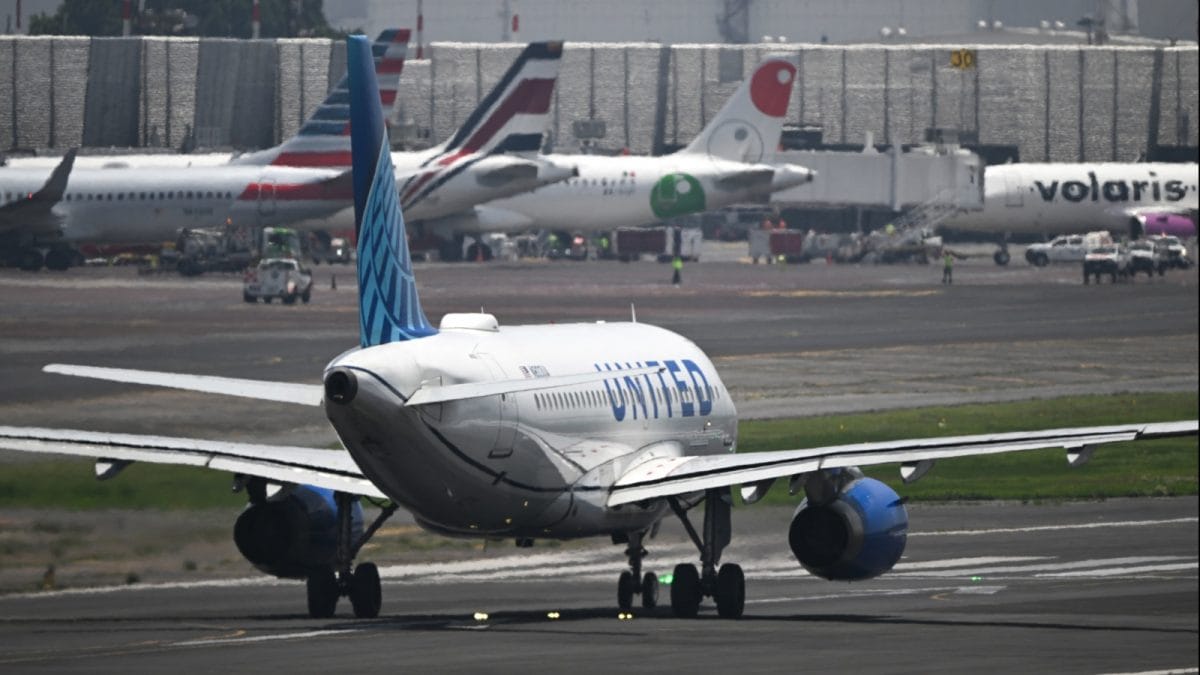In 2010, a shanty settlement sprang up on the south-western edge of Chinna Vaddepalli lake in Warangal. Within three years, the rising waters swallowed it whole, leaving no trace of the colony as the lake reclaimed its space. Years later, another colony emerged in S.R. Nagar, just metres from the same lake. Unlike its predecessor, it flourished into low-income informal group housing with RCC roads. But, on August 11 and 12 this year, torrential rain — 20 centimetres in 24 hours — turned it into an island. Residents fled to the homes of their friends and relatives while some were rescued by emergency teams. The deluge brought back memories of August 2020, when floodwaters had invaded their homes in much the same way.
“Warangal is a region of tanks, nalas and water channels. People have filled up the tanks and occupied the land where nalas used to flow. Earlier, only fringes were occupied; now there is a total occupation of lakes and tanks. Where will the water go,” says K. Venkat Reddy, civil engineering professor at the National Institute of Technology (NIT)-Warangal, who has co-authored a paper on ‘Effects of Urbanization on land use land cover of Warangal Region using RS and GIS’.
Viral videos from residents showed Hunter Road transformed into a brown, fast-moving river, flanked by shops on both sides. The road starts at Adalath Circle, 275 metres above sea level, and slopes to about 262 metres as it skirts Bhadrakali Lake — a drop of over 13 metres across four kilometres. Water rushing down this gradient, aided by the twin hillocks of Tiger Hill and Padmakshi Temple, should have emptied naturally into Bhadrakali Lake. But the lake, already full, had been constricted by fresh embankments built under the ₹64.90-crore ‘Bhadrakali Geo-Bio Diversity and Cultural Park’ project, including ₹26 crore for a granite-and-concrete promenade. This promenade, now a leisure space with lawns and play areas, has effectively shrunk the lake and blocked its natural inflow.
Satellite images show how the lake has shrunk due to all these beautification initiatives. Between 2010 and 2025, an area of 23 acres has been lost to the promenade that stretches over 3.14 kilometres with an average width of 30 metres.
“The lake should have a demarcated full tank level. Bhadrakali Lake was a drinking water storage tank during summer. Now it has become a cesspool without proper drainage. The Bondivagu drainage system had to be repaired,but that has not been done and all the sewage is flowing into the lake. We are getting our drinking water from Dharmasagar balancing reservoir and the result is that our nearest water source is neglected,” says a former NIT professor, requesting anonymity. “The planned islands in the lake are the whims and fancies of ill-informed officials,” he adds.
“Whenever there was heavy rainfall in the ‘70s and ‘80s, the water from the lake would overflow and reach the Ramannapet area. The Hunter Road was a deserted stretch where people were scared to go beyond the Advocates Colony,” says K. Ram Mohan Rao, an advocate, who lives in Warangal and has seen the changes.
There were many small lakes scattered around Bhadrakali Lake and Vaddepalli Lake. But as land prices went up, the lakes got filled, allegedly with political patronage.
“The results indicate a drastic increase in urbanisation and barren land, severe decrease in vegetation and a very slight increase in waterbodies. Increase in urbanisation and decrease in agriculture-cum-forest indicates vegetation reduction and built-up area increment which directly affects the climate and environment,” concludes the study that spanned over a six-year period between 2014 and 2020, showing a 11.04% increase in urbanisation.
This rapid urbanisation at the cost of agricultural land impacted areas like Vivekananda Colony, Saiganesh Colony, SR Nagar, and Lakshmi Ganapati Colony in Kashibugga and NTR Nagar, Sainagar Colony, Shivanagar, Balaji Nagar, Ursu Gutta, DK Komuraiah Nagar, Ekashila Nagar, Gokul Nagar and Ambedkar Nagar in Hanamkonda. It was these areas that got flooded in 2020, 2023 and again this year.
“The key to flooding in parts of the city is the encroachment of Bondivagu Nala. Its carrying capacity has declined due to rapid urbanisation. The lakes have to be demarcated clearly to stop encroachments. The nalas are affected as they are choked with plastic waste. Unless the plastic waste is cleaned on a regular basis and a better drainage system is built, flooding in Warangal is not going to go away,” says Mr. Reddy.



.png)
.png)
.png)
















 11 hours ago
5
11 hours ago
5









 English (US) ·
English (US) ·